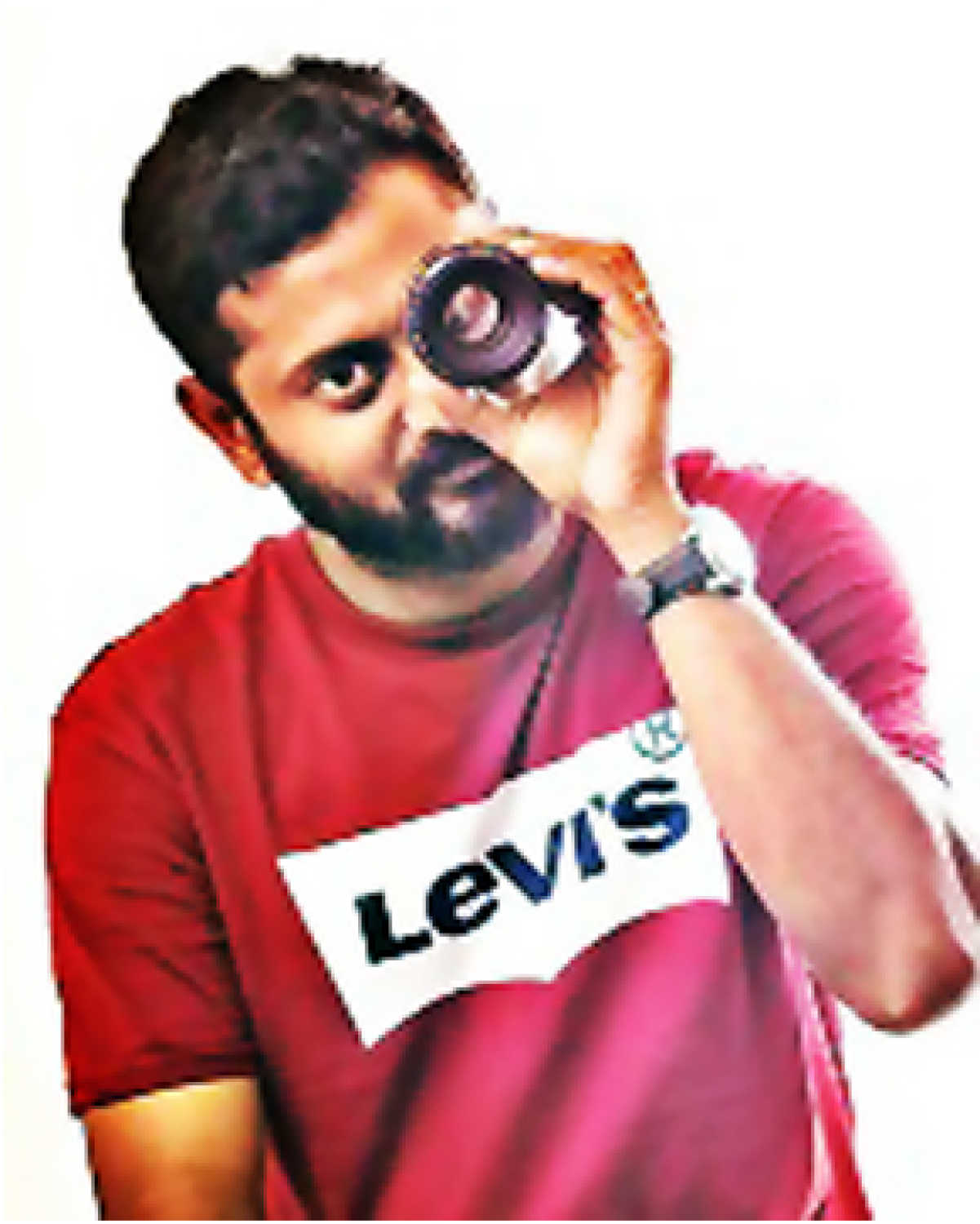
In conversation:Sathyan Sooryan
Apr 15 2020
Sathyan Sooryan is one of the critically acclaimed cinematographer who has done films in all South Indian Languages,also shot both in film and Digital format.

Having Fine arts as educational background assisted P.C.Sreeram.
Sathyan Sooryan debut film Yudham Sei cinematography was widely appreciated, but it was Maaya a horror flick brought Sathyan Sooryan to limelight, followed by blockbusters like Theeran Adhigaram ondru, Khaidhi.
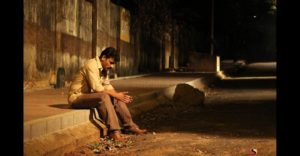
He now shares his visual Journey with SICA
1) How did you get adapted to work with PC.Sreeram sir being an alumni from Fine Arts?
I surrendered myself completely to work with him efficiently and also read lots of books and kept myself gaining knowledge through all available resources regarding cinematography to keep up myself to the level of other assistants who were from various film schools.
2) Will you do lens test while you were working with PC.Sreeram
Yes, we would do all kinds of Lens testing like focus shift , back focus , contrast, keeping practical light sources in frame and also with artificial light sources to check the lens quality. We also tested back focus shifting in HR Zoom lens by keeping at a minimum focus range.
3) How did your learning at Fine Arts help you in cinematography ?
I learnt about Still life,portrait,landscape, architecture, pottery, conceptual art, sculpture, printmaking, interior design “Fine Arts is the study & making of visual works of art,perspective control all these helped me to pre visualize colors,composition for feature films while reading a screenplay.
4) How did you master yourself in framing while studying in Fine Arts ?
At first I did not have a camera , so we used to keep 2 L square cards for framing a subject . In 3rd year of my study I got a Nikon FM 10 camera with sigma lens and from that time the camera was not rested . Every week i used to expose using Kodak film.
5) What practise makes you work fast during film shoot?
That practice i think i got during my stint as Vikatan students reporter -only 3 secs were given to capture live action . so that trained me to frame and create a story in short time .
6) Can you say about Vikatan stint
In Selection process for Vikatan , They gave us 1 roll of film (36 frames) which i exposed and the editorial will check whether we have created a story out of it . .!
Interesting incident i captured actor Rajinikanth sir during fasting at Marina The photo of Actor Rajinikanth sir which I took was on the cover of Vikatan book. This really helped me to be spontaneous.
7) What is your favourite colour palatte
I don’t have any specific favourite colour palattes . I just go on with creating a good visual by bringing in different colours in a frame . I know influence of colours form painting background, I work to implement the same texture in my films .
8)Both Yudham sei and Mugamoodi were shot on similar night exterior locations but there were difference in visual comparing each other , How was it done ?
While doing Yudham sei , there were Sodium vapour lamps as street lights but while doing Mugamoodi ,the street lights were changed to Mercury bulbs. So, that made me to adapt a scheme of colour of the lights.
9) In Theeran Adhigaram Ondru there is drastic change of colour tone from warm to cold . ie. Rajasthan scene was in warm tone and next sequence in jail was in colder tones, Did you and director discussed and did that in conscious ?
Yes, I and director discussed it earlier and implemented it to bring a visual seperation that was needed between that sequences.. two different places with different colour tones.
10) What T stop did you work in Dheeran adhigaram ondru?
Exteriors i worked not less than T 8 … Some time i had a aperture around T 22 to create Tremendous depth of field.
11) What camera and lens did you use in Dheeran Adheegaram Ondru and Why?
I used Duclos lens 11-16mm along with Ultra prime lens.
I used Red Epic and Red Dragon
I prefered going with RED camera because of its modular design it was easier to rig with Gimbal as it was light in weight and compact design.
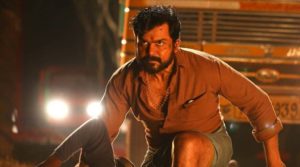
12) Tell about the camera used for khaidhi
As Khaidhi sequences happen completely during night, i was looking for a low key lighting scheme to support the idea of the film. I tested with different ISO sensitivity…then had a look at RED GEMINI which was a new camera which had low light sensor.
I noticed images had good black level with ISO range 1600 to 2000. It was very good in low light and I worked in F2.8 to F4 only without opening the aperture fully in Khaidhi because I needed sharper images and also to make sure it makes easier for the focus puller.
13) How did you do plan Lighting with grips in Khaidhi ?
1 set of lights were used to lit up the lorry cabin throughout the scenes in lorry. Then we had 5-6 stops in between , so that we can do some lighting to the surroundings instead of always travelling in dark highway continuously . Example we stopped in a petrol bunk where we lighted up the whole place .
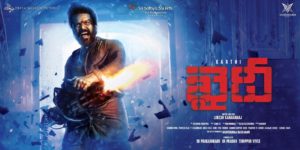
14) How did you light up the mission gun firing sequence in Khaidhi look realistic?
The latest sky panels from ARRI have the option called Flickering which I used as a single source key light . The DMX operator took control of it and the gun firing effect was later done in DMX software.
15) How was the Lorry attack scene in Khaidhi shot in slowmotion ?
We did not use Green matte technique instead went for a live action filming with Phanthom camera (1000fps), the art department and camera assistants moved the artificially made tree branches and glass particles in reverse motion on lighting front used 2 Luma panels to light up the closeups and shutter of camera was 270 degree with 1600 ISO.
16) Khaidhi had high octane scenes and contrasting lighting pattern , did you have any idea how will this film look when projected even in theatres having very poor projection ?
While working in Maaya itself I noticed how much blacks it can hold and how it will be seen different theaters with various projection So, I was confident when I was setting up the lighting and exposure in Kaidhi.
17) Did you use Balloon light in Khaidhi ?
I used a 8KV balloon light in Khaidhi to light up the quary… in order to get the details and textures of red sand.
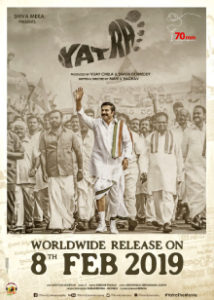
18) Tell us about your Recent Telugu film Yatra a biopic
This film was based on padayatra of Y.S.Rajasekara Reddy In 2003 he undertook a three-month-long paadayaatra, or walking tour of 1475 km during the very hot summer months, across several districts in Andhra Pradesh as a part of his election campaign. During filming we have to shoot in and around Hyderabad…so i have to create a visuals which had varierty of geographical significance with limnited locations…for that i had several photo reference of real incident.Another challenge was soil color…so to bring closer to red soil i had a color scheme of Redish brown as overal Tone for the film.
In interiors I insisted the art director to have brown teak finished furnitures and actor used to wear a white dress throughout . In exterior we did not disturb the greens , just made the soil look red in DI.

19) How did you control whites in Yatra because you could not use skimmers for huge area?
I used spot meter throughout the exterior scenes to judge the white level . If there were more whites I used to reduce 2 1\2 stops to balance it. Moreover, Alexa had good latitude towards holding both Highlights and shadows.
20) What is your favourite focal length and lens ?
40 mm for closeups and Ultra prime lens because they are weightless , quick to work and focus can be done easily .
21) During Master film shoot you used Arri Trinity which was also used in recent English feature film 1917.
I used Arri Trinity extensively which has straight arm and moreover it can be used extensively for immitating crane movement and it has inbuilt stabilizers, with trinity we can create complex camera moves even in a small space.
22) What is your favourite gear ?
I like Panther compared to tracks as it is best for its fluidity in movements.
Article compiled by : Rohin Senthil
Edited By CJ Rajkumar Author/Cinematographer
